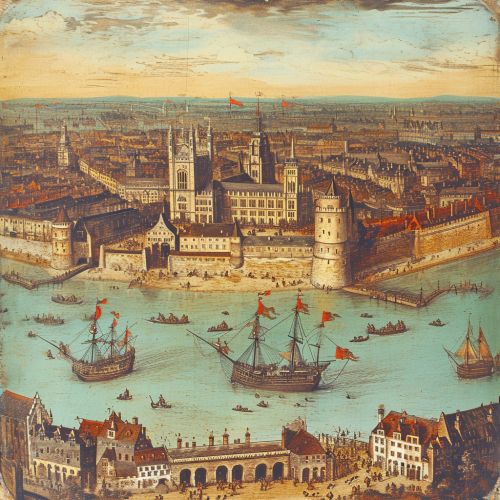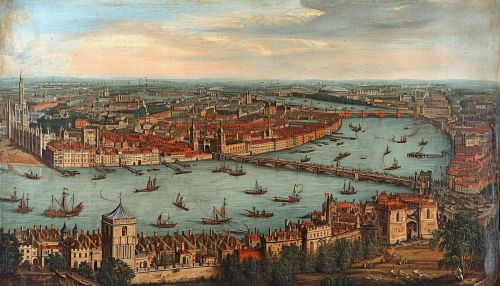Great Plague of London
Introduction
The Great Plague of London was a major epidemic that swept through the city of London from 1665 to 1666. It was the last widespread outbreak of the Bubonic Plague in England during the 17th century.


Historical Background
The Great Plague of London occurred towards the end of the Second Pandemic, a period of intermittent bubonic plague epidemics which originated from Central Asia in 1331, the first of which was the Black Death. Despite the use of quarantine measures, the disease continued to spread.
Spread of the Plague
The plague was transmitted through the bite of infected fleas that infested black rats. These rats were common in the urban environments of the time, living in close proximity to humans. The fleas would jump from their rat hosts to humans, transmitting the disease.
Symptoms and Diagnosis
The symptoms of the plague included fever, chills, weakness, and swollen and painful lymph nodes, known as buboes. In some cases, the disease could also cause spots on the skin that were red at first and then turned black, hence the name 'Black Death'.
Impact on London
The Great Plague of London had a profound impact on the city. It is estimated that the plague killed approximately 100,000 people, which was nearly a quarter of London's population. The high death toll resulted in mass graves, known as plague pits, being dug in several locations around the city.
Response and Measures
The authorities responded to the plague by implementing several measures. Houses were marked with a painted sign if plague was present, and the inhabitants were not allowed to leave for a period of 40 days. Public gatherings were banned, and trade suffered as the disease disrupted social and economic life.
End of the Plague
The Great Plague of London ended in 1666. The exact reason for the end of the plague is not known, but it is believed that the Great Fire of London in September 1666 may have helped end the outbreak by killing many of the rats and fleas that were spreading the disease.
Legacy
The Great Plague of London had a lasting impact on the city and its inhabitants. It led to significant changes in public health policy and medical practices, contributing to the development of modern epidemiology. The event is also frequently referenced in literature and has become a symbol of devastation and death in popular culture.
